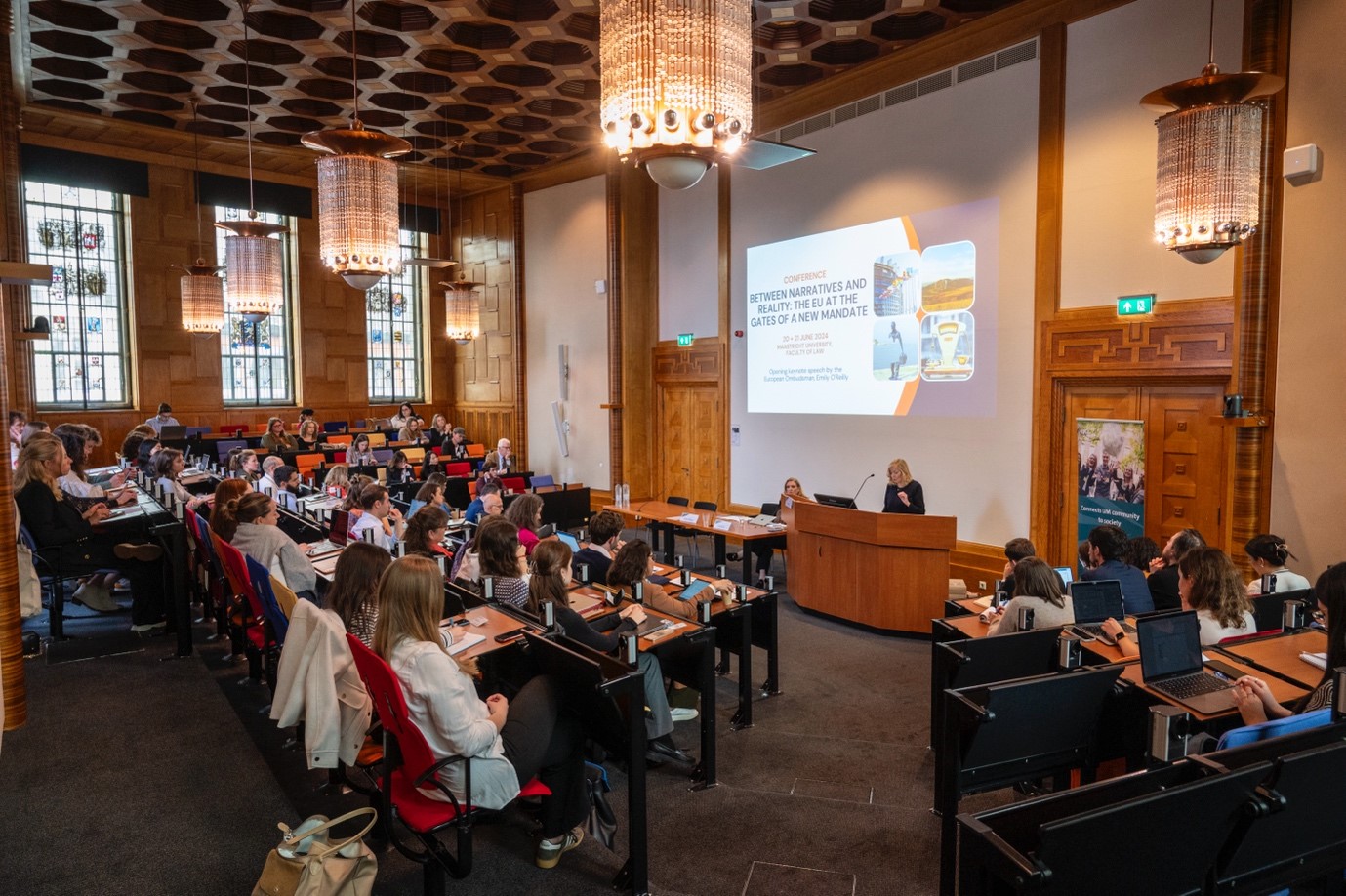Codification: Utopia or Dystopia in Legal Science?

Codification of different areas of law took the stage in the nineteenth-century.[1] The process of scientific revolution – which had started with the Enlightenment and Humanist Movement and was followed by Rationalistic Natural Law Theorizing – led the way to codification.[2] Several jurisdictions longed to achieve codification of their laws, resulting in a global movement that aimed to shape the way in which the law was presented, studied, and applied. Though its origins lie in the eighteenth century, it developed significantly during the nineteenth century, mainly in the civil law world. Codifiers advocated for a new presentation and form of laws that would replace the multitude of existing provisions. In its original conception, codification pursued the utopian goal of organizing all areas of the law in an organic, systematic, clear, accurate, and comprehensive way.[3] After all, codification was technically superior to the systems of mere compilation that had previously existed.[4]
Utopia: Veneration
Codes were seen as symbols of change and as constitutive elements of the different territories. At a time of prevailing liberalism, these corpora were part of a process that aimed to attain uniformity of laws while at the same time pursuing a juridical centralism that would help overcome the multiplicity of norms within a specific territory.[5] As tools for centralization and symbols or juridical monuments of nation building, codes ultimately helped to eliminate divisions and pluralism.[6] Despite these aims, drafters drew on an international, indeed global, pool of legal sources. In the words of Thomas Duve, codes “have been part of a complex process of communication that, in some respects, possessed a global dimension. […] [C]odes from different parts of the world circulated and were translated, literally and culturally, to a greater or lesser degree, into each nation’s realities.”[7] It can be argued that there was a “contagion” of codification efforts that aimed to attain the utopian goal of this legal paradigm.[8] This development offered proof of the “veneration” of these corpora, and it was accompanied by the emergence of specialized literature and the revision of the curricula at law schools, amongst other changes.
Dystopia: Mutation
That initial enthusiasm towards codification was succeeded by a conception that allowed the perception of the law “in action.”[9] The decades that followed the enactments of the first codes showed that these bodies of the law were not able to realize the utopian goal they had been originally envisioned to achieve. Was codification ultimately attaining a dystopian goal? Scholars started to note that there was a dysfunction or relative failure of codification.[10]
Codification – as a legal paradigm and global movement – continued to evolve during the twentieth and twenty-first centuries, when it mainly experienced processes of revision, de-codification, and re-codification. These three external elements to the codes forced mutations and started to point towards a dystopian goal. The existing literature on these three elements is copious,[11] and proposed definitions follow:
- Revision is a legislative process that results in the amendment of the text of codes. These amendments in the text are always segmented and limited to autonomous areas of law. They never aim to replace the code in totum by means of a wholesale replacement. In its moderate form, revision aims to introduce isolated changes that will ultimately result in a change of a particular provision. Revision ignites the erosion of the utopian goal of codification.
- De-codification is a legislative process that results in the altering of the effect and scope of the text of codes. Those alterations, however, are always included in new codes or autonomous statutes that are not part of the original code, but that affect its content. A jurisdiction that experiences de-codification welcomes the enactment of legislative pieces that will eventually make the original code necessarily depend on those new enactments. A de-codification process weakens the gravitation of the original codes and accelerates the erosion of the utopian goal of codification.
- Re-codification is a legislative process that results in the adoption of an entirely new code that replaces an original code. Intense revision may ultimately result in a completely new text, and therefore, qualify as re-codification. Conversely, re-codification can also take place even when intense revision did not precede it, and can happen when a new text replaces in totum an original code. Some jurisdictions perceive re-codification as a drastic break from the past and opt instead for piecemeal alterations that ultimately result in new codes. Re-codification materializes the failure of the utopian goal of codification.
Revision, de-codification, and re-codification confirm that those who endorsed codification had a utopian goal. Veneration of codes started to fade away and dystopian goals started to overlap and to be perceived. Common understandings should not be considered uncontested dogmas. Utopia and dystopia can coexist when looking at codification. Researchers should be open to explore change, always. Codification is no exception to this reminder.
[1] See, amongst others, Agustín Parise, Codifications, in The Cambridge History of Latin American Law in Global Perspective 321 (Thomas Duve and Tamar Herzog eds. 2024); and Agustín Parise, Civil Law Codification in Latin America: Understanding First and Second Generation Codes, in Tradition, Codification and Unification 183 (Michael Milo et al eds. 2014).
[2] Abelardo Levaggi, Manual de Historia del Derecho Argentino (Castellano-Indiano/Nacional), vol. 1, 2nd ed. 185 (1996).
[3] Luis Díez-Picazo and Antonio Gullón, Sistema de Derecho Civil,vol. 1, 4th ed. 51 (1982); Arturo Alessandri Rodríguez and Manuel Somarriva Undurraga, Curso de Derecho Civil, basado en las Explicaciones de los Profesores de la Universidad de Chile, vol. 1, 2nd ed. 49 (1945); and Genaro R. Carrió, Judge Made Law under a Civil Code, 41 Louisiana Law Review 993, 993 (1981).
[4] Alfonso García Gallo, Manual de Historia del Derecho Español, vol. 1, 10th ed. 476 (1984).
[5] Antón L. Fernández Álvarez, Constitucionalismo y codificación civil. El proceso de centralización jurídica en el siglo diecinueve, 18:3 Direito em Movimento 39, 41(2020).
[6] Id. at 65; and Thomas Duve, What is Global Legal History?, 8:2 Comparative Legal History73, 92 (2020).
[7] Duve, supra note 6.
[8] See generally Olivier Moréteau and Agustín Parise, Recodification in Louisiana and Latin America, 83 Tulane Law Review 1103 (2009).
[9] María Rosa Pugliese la Valle, La ‘idea de jurisprudencia’ a través de los primeros años de la ‘Revista de Jurisprudencia Argentina’, 22 Revista de Historia del Derecho 241, 277 (1994).
[10] Randall Lesaffer, European Legal History. A Cultural and Political Perspective 510-511 (2011).
[11] See, amongst many others, Agustín Parise and Lars van Vliet eds., Re- De- Co-dification? New Insights on the Codification of Private Law (2018).
Agustín Parise explores lessons to be learned from engaging in academic legal research. He previously wrote blogs about the importance of academic dialogue, working together with librarians and on the interaction between students and tutors when doing research.
-
 A. Parise
A. PariseAgustín Parise (Buenos Aires, Argentina) is Associate Professor of Law and Chair of the Faculty Council at the Faculty of Law of Maastricht University. He received his degrees of LL.B. (abogado) and LL.D. (doctor en derecho) at Universidad de Buenos Aires (Argentina), where he was Lecturer in Legal History during 2001-2005. He received his degree of LL.M.
Other blogs:
Also read
-
AI needs to have access to huge amounts of data in order to be trained. In this article, I discuss the need for suitable text- and data mining exceptions in copyright law that stimulate AI development as well as enable human authors and creators to still earn a revenue.
-
The conference “Between narratives and reality: The EU at the gates of a new mandate” which took place at the Faculty of Law of Maastricht University on the 20 and 21 of June 2024, was the closing event of a series of initiatives that revolved around the European elections.
-
Mark Kawakami examines the complexities of the EU's Consumer Rights Directive (CRD) and its unintended environmental impacts


